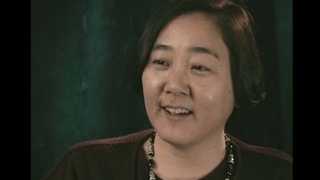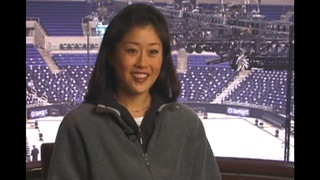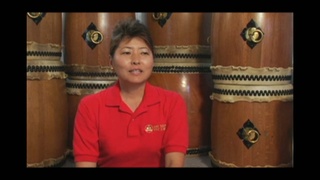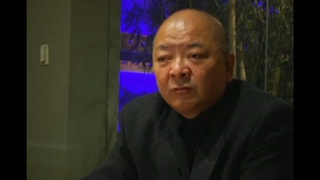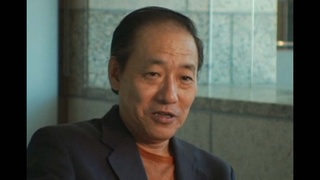Interviews
First Exposure to Animation
Typically, as Japanese Nisei families in San Francisco, we would dress up on Sundays, even though we were going three, four blocks, you just naturally dressed up. And we would go to our favorite chop suey restaurant on Post Street and have China meshi. Chinese, Cantonese, Japanese style. American-Japanese style chop suey. Then we would go to our neighborhood theater, which was walking distance.
Well, I remember that experience, siting in this theater, and here’s this great big screen in front of me. And in living color, seven little men marched across the screen singing, “Hi ho, hi ho, it’s off to work we go.” And I thought, “That’s what I want to be!” Not one of the seven little dwarves, but a cartoonist. To draw these things. So, five years old, it hit me. That’s it. That’s what I want to be. So I pursued it, completely pursued it. I collected comic books and little big books [sic: Big Little Book series] that were popular back then.
My dad was also a gadget freak. So we had our own 8mm projector and camera. He would take movies of us. On Saturday nights, he would set up the screen and the projector, and run the latest footage that he took of us. And then he would top it off with an old black and white Mickey Mouse cartoon. It was all black and white, no sounds. I grew up watching animated cartoons, so seeing Snow White, in that fashion, really made an impact.
Date: August 26, 2015
Location: California, US
Interviewer: John Esaki
Contributed by: Watase Media Arts Center, Japanese American National Museum

